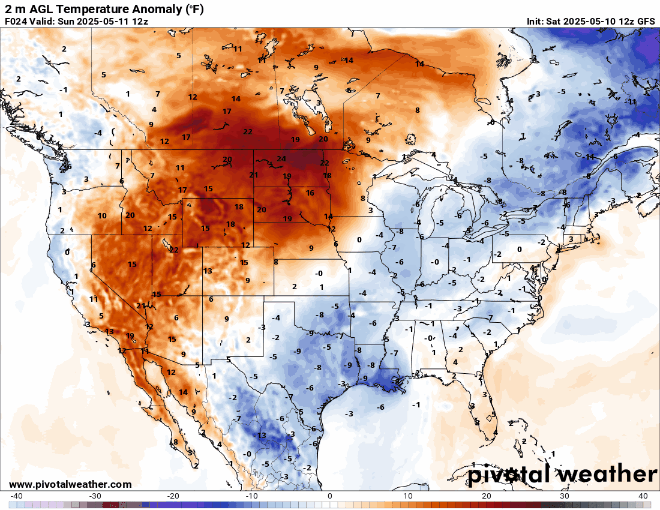Understanding Red Flag (Fire Weather) Warnings: Why They Matter and How to Stay Safe
When a red flag (fire weather) warning is issued, it signals that weather conditions are ripe for wildfires. These warnings are crucial for public safety, especially as dry air, strong winds, and soaring temperatures converge. Awareness and preparation can help you protect your home, your family, and your community.

What Is a Red Flag (Fire Weather) Warning?
A red flag (fire weather) warning is declared by the National Weather Service when weather conditions pose an extreme risk of rapid wildfire growth. Factors include low humidity, gusty winds, and high temperatures. These warnings alert firefighters, land management agencies, and the public to heightened danger.
For example, recent warnings have blanketed entire states such as Minnesota. Over seventy counties faced a red flag fire warning due to record-breaking heat and strong winds. Read more about these statewide warnings and the record warmth they bring.
Why Are Red Flag Warnings So Serious?
During a red flag (fire weather) warning, even a small spark can quickly become a large wildfire. High winds spread flames rapidly, and low humidity dries out grasses and trees, which act as fuel. This combination makes conditions hazardous for residents and emergency services alike.
In a recent alert, most of Minnesota was placed under a red flag fire warning, signaling an extreme risk across the state. The Minnesota Department of Natural Resources responded by halting all burning permits and strongly discouraging campfires. Such measures are vital to lowering the risk of accidental ignition.
How Do These Warnings Affect Daily Life?
A red flag (fire weather) warning impacts more than just fire departments. Outdoor burning is strictly limited or banned. Campfires and grills may not be allowed, even in designated areas. The public is urged to avoid any activities that could produce sparks, such as driving over tall grass or using power tools in dry areas.
Authorities urge everyone to stay informed. Check your local news and official sources for the latest red flag warnings and follow recommended safety measures. Quick action is key: If you spot a wildfire, call 911 immediately, and never try to extinguish a wildfire yourself.
Staying Safe During a Red Flag (Fire Weather) Warning
- Avoid all outdoor burning.
- Fully extinguish any existing campfires, checking that coals are completely cold.
- Refrain from using equipment that could generate sparks or heat near dry vegetation.
- Stay updated on current fire weather warnings through trusted resources like your state’s Department of Natural Resources and local weather stations.
Conclusion
Red flag (fire weather) warnings are more than just headlines—they help save lives and property by raising awareness of wildfire risks. By staying alert, following guidance, and spreading the word, you can make a difference in reducing wildfire threats in your community. For up-to-date information and fire safety tips, consult reliable news sources and local fire departments.